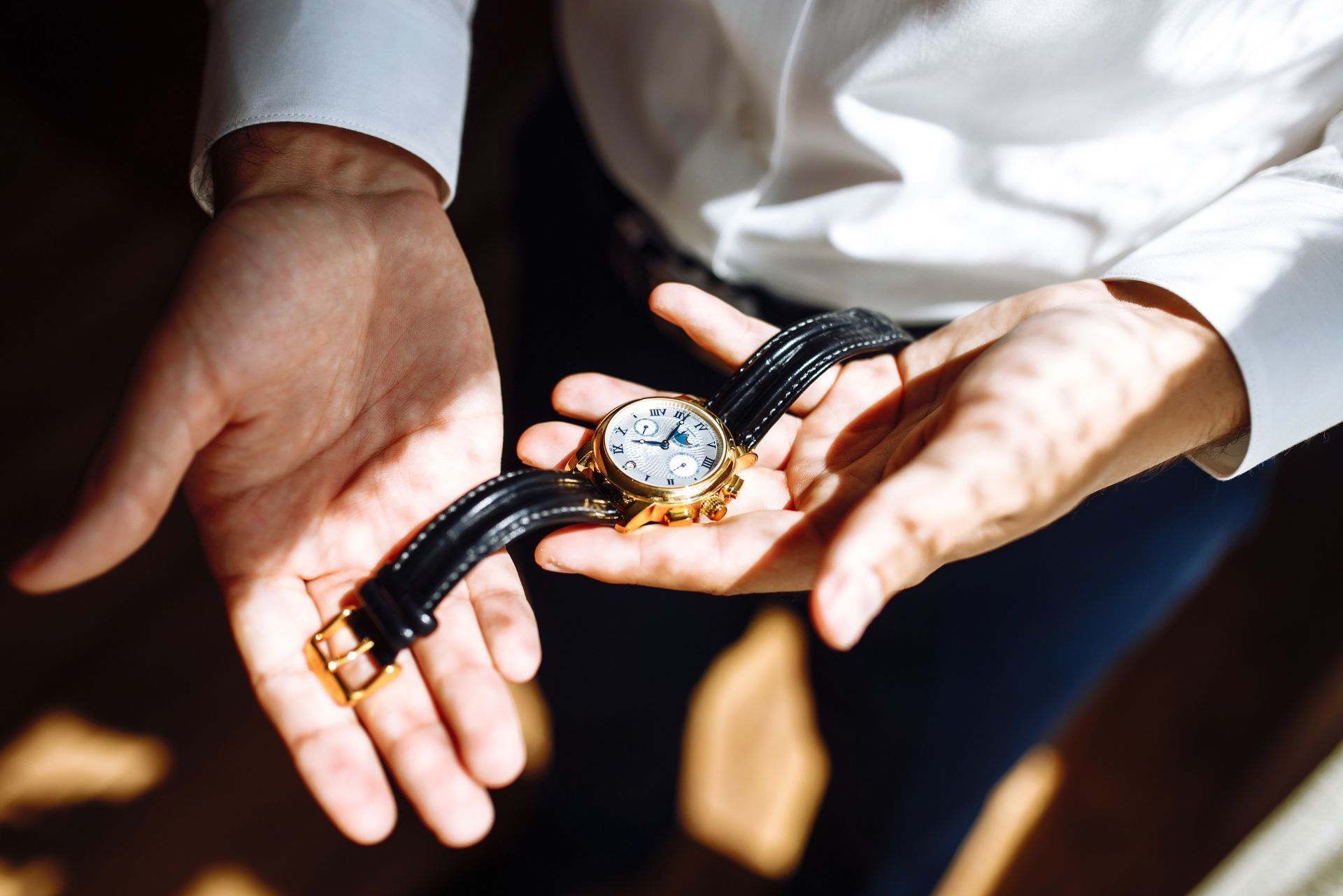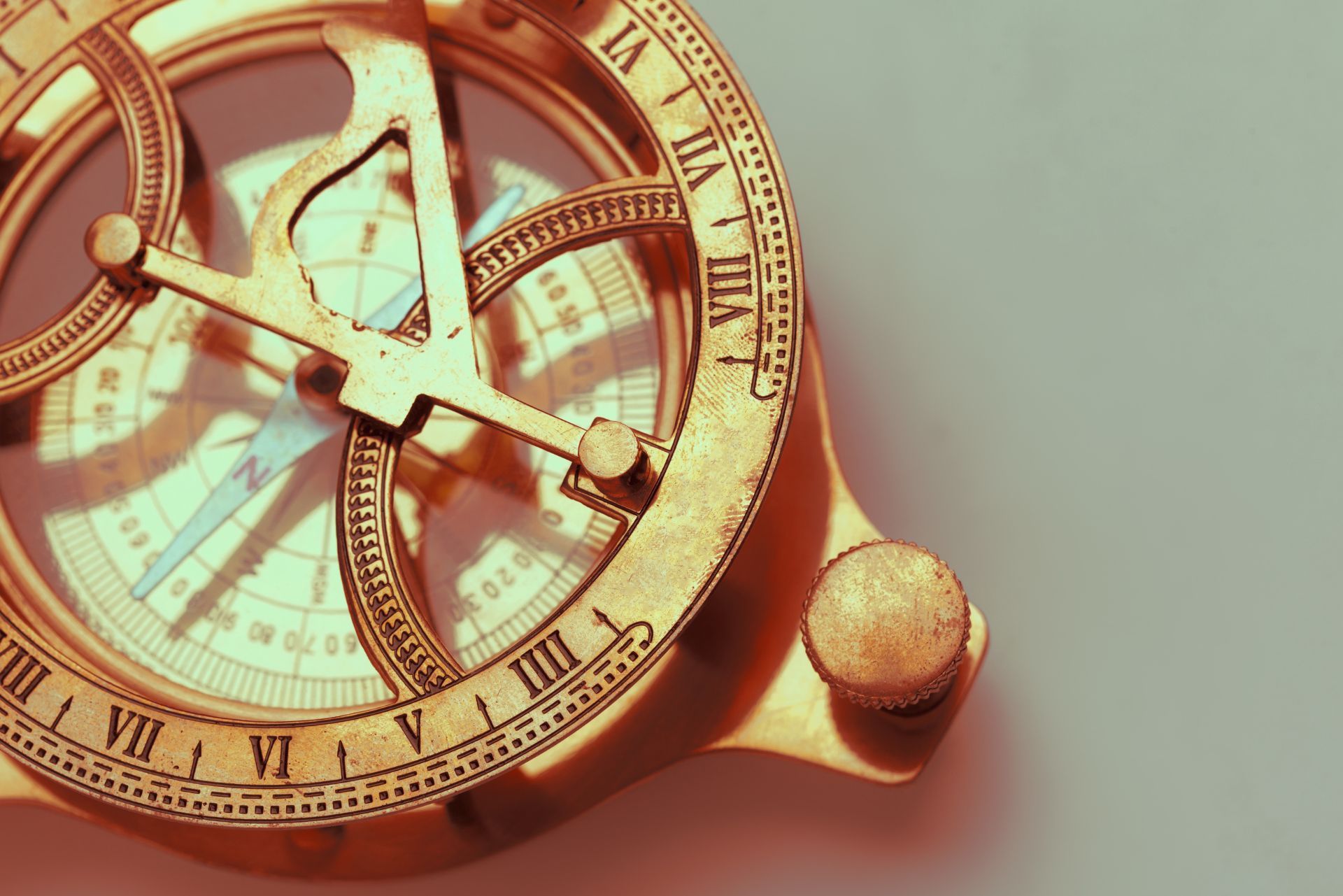Common Personal Insurance Policies
By: Matt Larsen
Owner of Capstone Insurance Group & Classic Car Insurance Advisor
763-242-1668
Index
Contact Us
In the realm of personal belongings, few items hold as much sentimental and monetary value as watches. Whether it's a family heirloom or a luxury timepiece, ensuring these treasures are protected is crucial. In Minnesota, watch insurance is becoming increasingly popular among collectors and enthusiasts alike. This article will delve into the essentials of watch insurance in Minnesota, covering everything from what it is to how to choose the right policy.
Understanding Watch Insurance
Watch insurance is a specialized form of coverage designed to protect your timepieces against loss, theft, damage, or other unforeseen events. Unlike standard homeowners or renters insurance, which may provide limited coverage for personal property, watch insurance offers tailored protection specifically for watches. This type of insurance is particularly important for collectors and enthusiasts who may own multiple high-value pieces, as it ensures that each watch is adequately covered based on its unique value and condition.
What Does Watch Insurance Cover?
Typically, watch insurance policies cover a range of incidents, including:
- Theft: If your watch is stolen, your insurance can help you recover its value.
- Accidental Damage: This includes damage from drops, spills, or other accidents that may occur.
- Loss: If you misplace your watch or it goes missing, coverage can help replace it.
Some policies may also cover issues like mechanical failure, which is particularly relevant for vintage or high-end watches. It's essential to read the fine print to understand what is and isn't included in your coverage. Additionally, some insurers offer coverage for specific events, such as natural disasters or even travel-related incidents, which can provide extra peace of mind for those who frequently take their watches on the go. Understanding the nuances of your policy can help you make informed decisions about your coverage needs.
Why You Need Watch Insurance
Many watch owners underestimate the value of their timepieces, both financially and sentimentally. A luxury watch can represent a significant investment, and without proper insurance, the loss could be devastating. Here are a few reasons why watch insurance is essential:
Financial Protection: Insurance helps mitigate the financial loss associated with theft or damage.
Peace of Mind: Knowing that your watch is protected allows you to enjoy it without worry.
Preservation of Value: Insured watches can often be restored or replaced, preserving their value over time.
Moreover, many watch enthusiasts view their collections as a form of art or heritage, making the emotional attachment to these pieces even stronger. In the event of a loss, the emotional toll can be just as significant as the financial one. Watch insurance not only safeguards your investment but also acknowledges the sentimental value that these timepieces hold. Additionally, some policies may offer options for appraisals and regular assessments, ensuring that your coverage reflects the current market value of your watches, which can fluctuate over time due to demand and rarity.

How to Choose the Right Watch Insurance Policy
Choosing the right insurance policy for your watch can be a daunting task. With various options available, it's crucial to consider several factors to ensure you select the best coverage for your needs.
Assessing the Value of Your Watch
The first step in obtaining watch insurance is to determine the value of your timepiece. This can be done through:
- Appraisals: Hiring a certified appraiser can provide an accurate valuation, which is essential for setting your coverage limits.
- Market Research: Researching similar watches online can give you a ballpark figure of your watch's worth.
It's advisable to get your watch appraised every few years, as market values can fluctuate significantly. Additionally, consider the provenance of your watch; vintage or limited-edition models may appreciate in value over time, making it even more important to have an accurate and up-to-date appraisal. Keep all documentation, including purchase receipts and appraisals, in a safe place, as these will be necessary when discussing insurance options.
Comparing Insurance Providers
Once you have a clear understanding of your watch's value, the next step is to compare different insurance providers. Here are some aspects to consider:
- Coverage Options: Look for policies that offer comprehensive coverage tailored to watches.
- Premium Costs: Compare the costs of premiums across different providers, but remember that the cheapest option isn't always the best.
- Customer Reviews: Research customer experiences to gauge the reliability and service quality of the insurer.
In addition to these factors, consider the insurer's reputation in the luxury goods market. Some companies specialize in high-value items and may offer more tailored services, such as worldwide coverage or protection against loss during travel. It's also wise to inquire about any discounts for bundling your watch insurance with other policies, such as home or auto insurance, which can lead to significant savings.
Understanding Policy Terms
Before signing any policy, it's crucial to understand the terms and conditions. Pay close attention to:
- Deductibles: Know how much you'll need to pay out-of-pocket in the event of a claim.
- Exclusions: Be aware of what is not covered by the policy.
- Claim Process: Familiarize yourself with the steps required to file a claim.
Moreover, it's beneficial to ask about the insurer's claims history and how quickly they process claims. A policy may seem attractive on paper, but if the claims process is cumbersome or slow, it can lead to frustration when you need assistance. Also, inquire whether the policy covers accidental damage, theft, or loss, as these scenarios are common concerns for watch owners. Understanding these nuances can help you avoid unpleasant surprises down the line.
Cost of Watch Insurance in Minnesota
The cost of watch insurance can vary widely based on several factors, including the value of the watch, the type of coverage selected, and the insurance provider. On average, premiums can range from 1% to 3% of the watch's value annually. This means that for a watch valued at $10,000, you might expect to pay between $100 and $300 each year for insurance. However, it’s important to note that this is just a baseline; unique watches with historical significance or rare features can command even higher premiums.
Factors Influencing Insurance Costs
Several factors can influence the cost of watch insurance:
- Value of the Watch: Higher-value watches will naturally incur higher premiums. For instance, luxury brands like Rolex or Patek Philippe often have specific insurance requirements due to their high market value.
- Type of Coverage: Comprehensive policies that cover a wider range of incidents may cost more. For example, policies that include coverage for accidental damage, loss, or theft while traveling may be more expensive than basic coverage that only protects against theft at home.
- Location: Insurance rates can vary based on the geographical area, with urban areas typically having higher rates due to increased theft risks. In Minnesota, cities like Minneapolis may have higher premiums compared to rural areas, reflecting the higher likelihood of incidents.
Saving on Watch Insurance
While it's essential to have adequate coverage, there are ways to save on watch insurance premiums:
- Bundling Policies: Consider bundling your watch insurance with other insurance policies, such as homeowners or auto insurance, for potential discounts. Many insurance companies offer multi-policy discounts that can significantly reduce your overall premium costs.
- Annual Payments: Paying your premium annually rather than monthly can sometimes reduce overall costs. Some insurers provide a discount for upfront payments, which can also help you avoid the hassle of monthly billing.
- Security Measures: Implementing security measures, such as a safe or a security system, may qualify you for discounts. Additionally, keeping an inventory of your watch collection, complete with photographs and appraisals, can further substantiate your claims in case of loss or theft.
Another important aspect to consider is the claims process and the insurer's reputation. Researching customer reviews and ratings can provide insights into how well an insurance company handles claims, which is crucial if you ever need to utilize your policy. Some insurers may even offer specialized services for high-value items, ensuring that your watch is not only covered but also cared for during the claims process. Furthermore, understanding the fine print of your policy, including any exclusions or limitations, can help you avoid unexpected costs in the event of a claim.
Lastly, it’s beneficial to periodically review your watch insurance policy, especially if you acquire new pieces or if the value of your existing watches changes. Regularly updating your coverage ensures that you are adequately protected against the current market value of your collection, which can fluctuate due to trends and demand in the luxury watch market. Engaging with an insurance agent who specializes in jewelry and watch coverage can provide tailored advice and help you navigate the complexities of insuring your prized possessions.

Claiming Watch Insurance in Minnesota
Filing a claim can be a stressful experience, especially when dealing with the loss or damage of a cherished watch. Understanding the process can help ease some of that stress. Watches often hold significant sentimental value, not just monetary worth, making the stakes feel even higher when something happens to them. Whether it’s a family heirloom or a luxury timepiece, knowing how to navigate the insurance claim process can provide peace of mind during a challenging time.
Steps to File a Claim
When it comes time to file a claim, follow these steps:
- Notify Your Insurer: Contact your insurance provider as soon as you discover the loss or damage.
- Gather Documentation: Collect all necessary documentation, including the original purchase receipt, appraisals, and any police reports if applicable.
- Complete the Claim Form: Fill out the claim form provided by your insurer, ensuring all information is accurate and complete.
- Submit Your Claim: Send your claim form and supporting documents to your insurer, either online or via mail.
It’s also advisable to keep copies of all correspondence with your insurer for your records. This can be invaluable if there are any disputes or if you need to follow up on the status of your claim. Additionally, some insurers offer dedicated claims representatives who can guide you through the process, so don’t hesitate to ask for assistance if you need it.
What to Expect After Filing a Claim
After submitting your claim, the insurance company will review the information provided. This process may include:
- Investigation: The insurer may conduct an investigation to verify the details of the claim.
- Claim Approval: If approved, you will receive compensation based on the policy terms.
- Repairs or Replacement: Depending on the policy, the insurer may cover repairs or provide a replacement watch.
During the investigation, the insurer may reach out for additional information or clarification, so be prepared to respond promptly. The timeline for approval can vary, but staying proactive and maintaining open lines of communication with your insurer can help expedite the process. If your claim is denied, most insurers provide a detailed explanation, allowing you to understand the reasons and potentially appeal the decision.
Common Challenges in Claiming Watch Insurance
While many claims are processed smoothly, some challenges may arise:
- Insufficient Documentation: Failing to provide adequate documentation can lead to claim denials.
- Disputes Over Value: Disagreements about the watch's value can complicate the claims process.
- Exclusions in the Policy: Be aware of exclusions that may affect your claim, such as wear and tear or specific types of damage.
Additionally, it’s important to understand the nuances of your specific insurance policy. Some policies may have specific clauses regarding the types of incidents covered, such as theft versus accidental damage. Familiarizing yourself with these details can help set realistic expectations and prepare you for any potential hurdles. If you find yourself facing a dispute, consider seeking advice from a legal professional who specializes in insurance claims to help navigate the complexities involved.
Frequently Asked Questions about Watch Insurance
Is watch insurance worth it?
For many watch owners, especially those with high-value or sentimental pieces, watch insurance is a worthwhile investment. It provides financial protection and peace of mind, allowing owners to enjoy their watches without the constant worry of loss or damage. In addition to safeguarding against theft or accidental damage, insurance can also cover instances of mechanical failure, which can be particularly beneficial for intricate timepieces that require specialized repairs. This level of protection ensures that your investment is not only secure but also that you can maintain the watch's functionality and aesthetic appeal over time.
Can I insure a vintage watch?
Yes, vintage watches can be insured, often at a value that reflects their rarity and condition. It's advisable to have a professional appraisal to ensure accurate coverage. Vintage watches often come with unique characteristics that can significantly affect their market value, such as limited production runs or historical significance. Insurers may require detailed documentation, including photographs and service history, to establish the watch's provenance and condition. This thorough approach helps ensure that you receive fair compensation in the event of a loss, allowing you to preserve your cherished piece of horological history.
What happens if my watch is damaged?
If your watch is damaged, you can file a claim with your insurance provider. Depending on the policy, the insurer may cover repairs or provide a replacement. Always keep records of the damage and any repair estimates. It's also important to understand the specifics of your policy, as some may have stipulations regarding the types of damage covered or the process for filing a claim. Additionally, some insurers may require you to use approved repair shops to ensure that the work meets quality standards. Being proactive in understanding your coverage can make the claims process smoother and help you get your watch back in working order as quickly as possible.
Conclusion
Protecting your timepieces through watch insurance is an essential step for any watch owner in Minnesota. With the right policy, you can safeguard your investments against theft, loss, and damage. By understanding the ins and outs of watch insurance, assessing the value of your watches, and choosing the right coverage, you can enjoy your collection with confidence.
As the world of watches continues to grow, so does the importance of ensuring these valuable items are adequately protected. Whether you're a seasoned collector or a first-time buyer, investing in watch insurance is a decision that can provide peace of mind for years to come.






